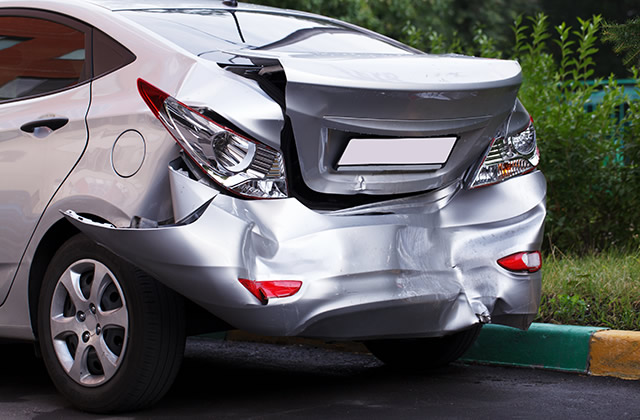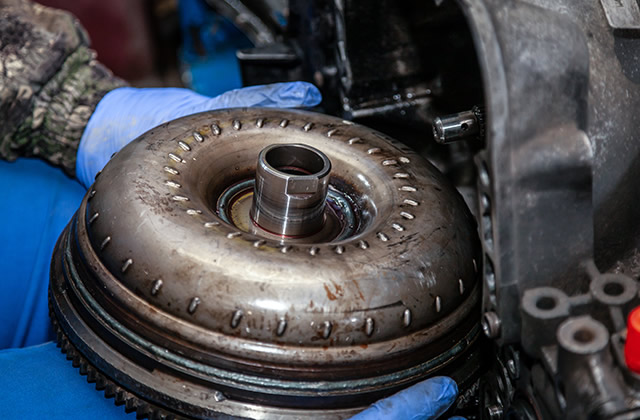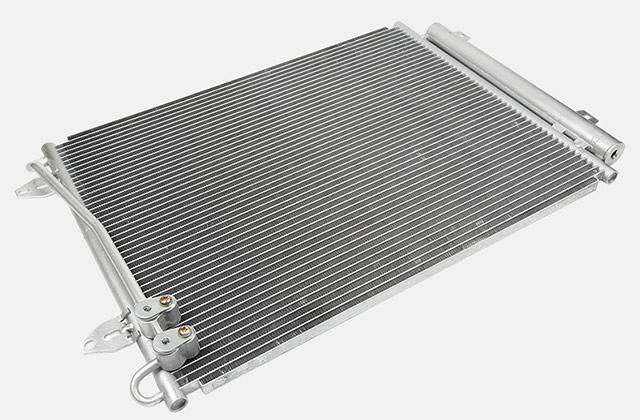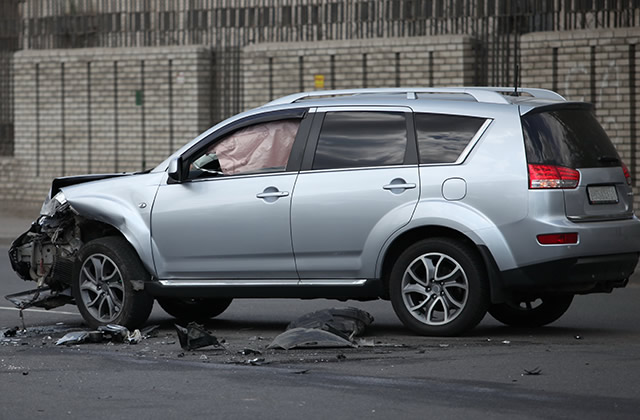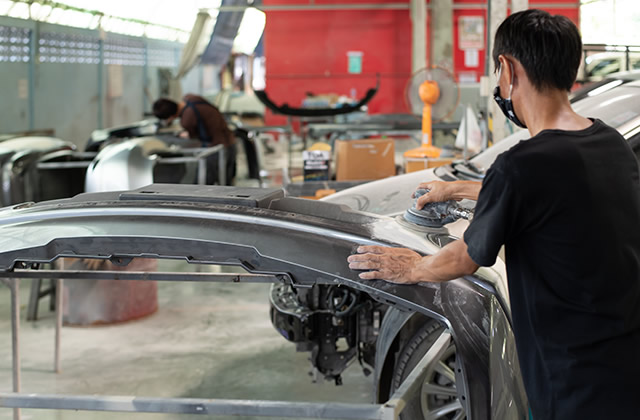What is a car engine cylinder?
Cylinder, a cylindrical hollow chamber in the engine, has a A piston moved by the pressure or expansion of a working fluid. A similar, but non-cylindrical, part in some special engines.
The function of automobile engine cylinder
The main function of the cylinder is to connect the flow-through part of the steam turbine (nozzles, partitions, rotors, etc.) are separated from the atmosphere to ensure that the steam completes the work process in the turbine. In addition, it also supports some stationary parts of the steam turbine (partition plates, nozzle chambers, steam seals, etc.), bears their weight, and also bears the thermal stress caused by uneven temperature distribution along the axial and radial directions of the cylinder.
Working principle of engine cylinder

The cylinder is a cylindrical metal that guides the piston to perform linear reciprocating motion in the cylinder Mechanical parts. Its working principle is to convert the pressure of compressed air into mechanical energy through pneumatic transmission, so that the mechanism can perform linear reciprocating motion, or swing and rotation motion. The cylinder can be divided into four types: single-acting cylinder, double-acting cylinder, diaphragm cylinder, and impact cylinder.
Number of automobile cylinders
What does the number of automobile cylinders mean?
The number of automobile cylinders represents the number of engine cylinders. Currently, the number of cylinders commonly used in automobile engines is 3, 4, 5, 6, 8, and 10 , 12-cylinder, generally speaking, family cars use four-cylinder engines, and four-cylinder engines are also the most widely used engine type in cars.
The impact of the number of cylinders on the car
Generally speaking, the engine displacement is 1.0 Below liter, most are three-cylinder engines, between 1.0 and 2.5 liters are generally four-cylinder engines, around 3.0 liters are 6-cylinder engines, around 4.0 liters are 8-cylinder engines, and above 5.5 liters are 12-cylinder engines, the more cylinders the engine has , the engine displacement will be larger.
More cylinders in an engine does not mean better. Too many cylinders will increase the complexity of the mechanical structure, and the manufacturing and maintenance costs will also increase accordingly.
Is it better to have 3 or 4 cylinders in a car
1. The three-cylinder is small in size and light in weight. There is no need to worry about the placement space on many models. It is more beneficial to the overall vehicle space layout and is in line with the design concept of lightweight body. The four-cylinder engine is slightly bulkier;
2. The three-cylinder engine has a small displacement and low fuel consumption, and the fuel economy is relatively obvious, while the four-cylinder engine has one more cylinder regardless of the displacement, which will more or less increase the Fuel consumption;
3. The design of the three-cylinder engine is simpler, which directly leads to lower costs for car manufacturers and subsequent maintenance is cheaper than that of the four-cylinder engine;
4. The cylinder arrangement cannot be as symmetrical as the four-cylinder engine, and the overall work and stress are uneven, which causes the three-cylinder engine to vibrate more than the four-cylinder engine.
But generally speaking, a 4-cylinder engine is better than a 3-cylinder engine. A 4-cylinder engine has four cylinders and runs more smoothly than a 3-cylinder engine.
There are several types of car engine cylinder arrangements
There is a W-type 12-cylinder engine ( Such as Volkswagen Phaeton W12, Audi A8W12), V-shaped 12-cylinder engine (such as Mercedes-Benz S600, BMW 760), W-shaped 8-cylinder engine (such as Passat W8), V-shaped 8-cylinder engine (such as the new Audi A6L4.2), horizontal pair There are 6-cylinder engines (such as Subaru Forester), V-shaped 6-cylinder engines, in-line 5-cylinder engines and in-line 4-cylinder engines.
Engines with less than 5 cylinders are generally in-line engines. Engines with 6-12 cylinders generally adopt a V-shaped arrangement. As the name suggests, they are arranged in the shape of the letter V. Compared with in-line engines, this This layout saves space in the engine compartment.
Compared with V-shaped engines, inline engines have a simpler structure and lower manufacturing costs. V-shaped engines are generally used in some high-end cars. The more cylinders the engine has, the more powerful the engine is. The higher the level of the car.
How to measure the cylinder pressure of a car engine
1. First blow out the spark plug with compressed air Dirt around.
2. Remove all spark plugs. For gasoline engines, the secondary high-voltage wire of the ignition system should also be unplugged and reliably grounded to prevent electric shock or fire.
3. Insert the cone-shaped rubber head of the special cylinder pressure gauge into the spark plug hole of the cylinder to be measured, straighten it and press it tightly.
4. Insert the throttle valve (if there is a choke valve) Also including the choke), place it in the fully open position, use the starter to drive the crankshaft to rotate for 3 to 5 seconds (not less than 4 compression strokes), wait until the needle of the pressure gauge indicates and maintains the maximum pressure reading Stop turning.
5. Remove the pressure gauge and write down the reading. Press the one-way valve to return the pressure gauge pointer to zero. Measure each cylinder in turn according to this method, and the number of measurements for each cylinder shall be no less than
2 times. The measurement results of each cylinder shall be taken as an arithmetic mean and compared with the standard value.Compare and analyze the results to determine the cylinder working condition.
Car engine cylinder failure
The engine cylinder is leaking
1. The use and installation of the cylinder gasket are incorrect
The cylinder gasket is installed on Between the engine cylinder block and cylinder head, its function is to ensure the sealing of the combustion chamber and prevent gas, cooling water and lubricating oil from leaking. Therefore, if the use and installation of the cylinder gasket does not meet the requirements, it will directly affect the sealing reliability of the cylinder head and the service life of the cylinder gasket. In order to ensure the sealing quality, the selected cylinder gasket must have the same specifications and thickness as the original cylinder. The surface should be smooth, the edges should fit firmly, and there should be no scratches, dents, wrinkles, rust, etc. Otherwise, the sealing quality of the cylinder head will be affected.
2. The cylinder gasket is damaged
The main function of the cylinder gasket is to maintain a durable and reliable sealing effect. It must strictly seal the high-temperature and high-pressure gas generated in the cylinder, seal the cooling water and engine oil with a certain pressure and flow rate that penetrate the cylinder gasket, and be able to withstand the corrosion of water, gas and oil. The main reasons for a damaged cylinder gasket are: the quality of the cylinder gasket is poor, the cylinder head bolts are not tightened or the tightening torque of each bolt is uneven. At this time, the cylinder gasket needs to be replaced.
3. Slight beating of the cylinder head
The slight beating of the cylinder head is caused by the cylinder head trying to lift from the cylinder block under the action of compression and combustion pressure. The result of separation. These pressures stretch the cylinder head attachment bolts, thus causing the cylinder head to play slightly relative to the cylinder block. This slight jump will cause the cylinder head gasket to relax and compress, thereby accelerating the damage of the cylinder head gasket and affecting its sealing performance.
Engine cylinder wear
1. Air filter failure, or oil filter failure The poor filtration effect of the machine causes a large amount of impurities to enter the cylinder, causing abrasive wear.
2. The lubricating oil is of poor quality and has too high sulfur content, which corrodes the cylinder wall.
3. Longer-term low-temperature operation.
4. The matching gap between the cylinder and the piston is too large, which will cause the cylinder to be scratched by the piston ring or piston edge and increase wear.
5. The surface of the piston ring is too rough or the elasticity is too large, which increases the wear of the cylinder.
6. The usage regulations during the running-in period are not strictly implemented. 7. The connecting rod is bent or the axial clearance of the crankshaft is too large, causing eccentric wear of the piston and cylinder.
7. The gaps between the piston rings are too large, causing air leakage and scouring the oil film on the cylinder wall; or the gaps between the piston rings are too small, causing the piston rings to become stuck.And accelerate the wear of piston
ring and cylinder.
8. The cylinder is deformed due to improper assembly, resulting in early wear.
9. The surface quality of the cylinder after repair does not meet the requirements. The cylinder surface is too smooth and the oil film is thin, which is not conducive to lubrication. However, if the cylinder surface is too rough, there will be too much lubrication and the working performance will deteriorate. ① The connecting rod bushing hole is skewed, and the center line of the piston pin and the center line of the small end of the connecting rod are not parallel, which forces the piston to press to a certain side of the cylinder, causing early wear of the cylinder.
If the website content violates your rights, please contact us to delete it。



